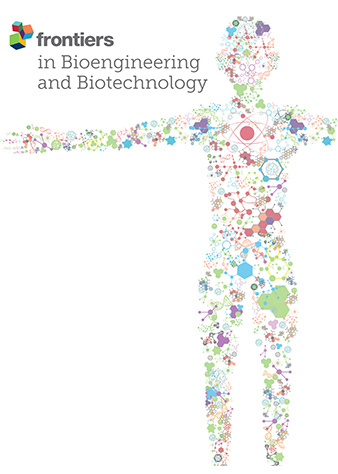掷铁锤的旋转与成绩
IF 4.3
3区 工程技术
Q1 BIOTECHNOLOGY & APPLIED MICROBIOLOGY
引用次数: 0
摘要
方法计算并比较26名女选手在实际比赛中长距离和短距离投掷的锤子在不同阶段的速度增量、不同阶段的旋转持续时间以及关键时刻的水平方位角和旋转半径。结果与短距离投掷相比,女选手的长距离投掷表现出明显的较大的释放速度(p < 0.001,ES = 1.42),双支撑阶段速度增量更大(p = 0.006,ES = 0.59),单支撑阶段持续时间更短(p ≤ 0.043,ES = 0.42-0.83),水平方位角更小(p ≤ 0.027,ES = 0.46-0.57),关键时刻旋转半径更长(p ≤ 0.结论在锤头从低点到高点的过程中,运动员应注重增加锤头的旋转半径,并在单支撑阶段加快右脚的落地速度。这种方法旨在减小右脚触地时锤子的水平方位角,增强双支撑阶段的加速性能,并提高释放速度。本文章由计算机程序翻译,如有差异,请以英文原文为准。
Rotation of the hammer and performance in hammer throwing
ObjectiveThe purpose of this study was to determine the effects of hammer rotation on performance in hammer throwing.MethodsThe hammer’s velocity increment at different stages, the duration of rotations at different phases, and the horizontal azimuth angle and rotation radius at critical instants were calculated and compared between the long and short trials for 26 female athletes in actual competitions.ResultsCompared to short trials, female throwers’ long trials exhibited significantly larger release velocity (p < 0.001, ES = 1.42), greater velocity increment during the double support phase (p = 0.006, ES = 0.59), shorter duration during the single support phase (p ≤ 0.043, ES = 0.42–0.83), lower horizontal azimuth angle (p ≤ 0.027, ES = 0.46–0.57), and longer rotational radius at critical instants (p ≤ 0.021, ES = 0.48–0.73).ConclusionDuring the process from the hammer head’s low point to high point, athletes should focus on increasing the rotation radius of the hammer head and accelerating the right foot’s landing speed during the single support phase. This approach aims to reduce the hammer’s horizontal azimuth angle at the right foot touchdown, enhance the acceleration performance during the double support phase, and increase the release speed.
求助全文
通过发布文献求助,成功后即可免费获取论文全文。
去求助
来源期刊

Frontiers in Bioengineering and Biotechnology
Chemical Engineering-Bioengineering
CiteScore
8.30
自引率
5.30%
发文量
2270
审稿时长
12 weeks
期刊介绍:
The translation of new discoveries in medicine to clinical routine has never been easy. During the second half of the last century, thanks to the progress in chemistry, biochemistry and pharmacology, we have seen the development and the application of a large number of drugs and devices aimed at the treatment of symptoms, blocking unwanted pathways and, in the case of infectious diseases, fighting the micro-organisms responsible. However, we are facing, today, a dramatic change in the therapeutic approach to pathologies and diseases. Indeed, the challenge of the present and the next decade is to fully restore the physiological status of the diseased organism and to completely regenerate tissue and organs when they are so seriously affected that treatments cannot be limited to the repression of symptoms or to the repair of damage. This is being made possible thanks to the major developments made in basic cell and molecular biology, including stem cell science, growth factor delivery, gene isolation and transfection, the advances in bioengineering and nanotechnology, including development of new biomaterials, biofabrication technologies and use of bioreactors, and the big improvements in diagnostic tools and imaging of cells, tissues and organs.
In today`s world, an enhancement of communication between multidisciplinary experts, together with the promotion of joint projects and close collaborations among scientists, engineers, industry people, regulatory agencies and physicians are absolute requirements for the success of any attempt to develop and clinically apply a new biological therapy or an innovative device involving the collective use of biomaterials, cells and/or bioactive molecules. “Frontiers in Bioengineering and Biotechnology” aspires to be a forum for all people involved in the process by bridging the gap too often existing between a discovery in the basic sciences and its clinical application.
 求助内容:
求助内容: 应助结果提醒方式:
应助结果提醒方式:


